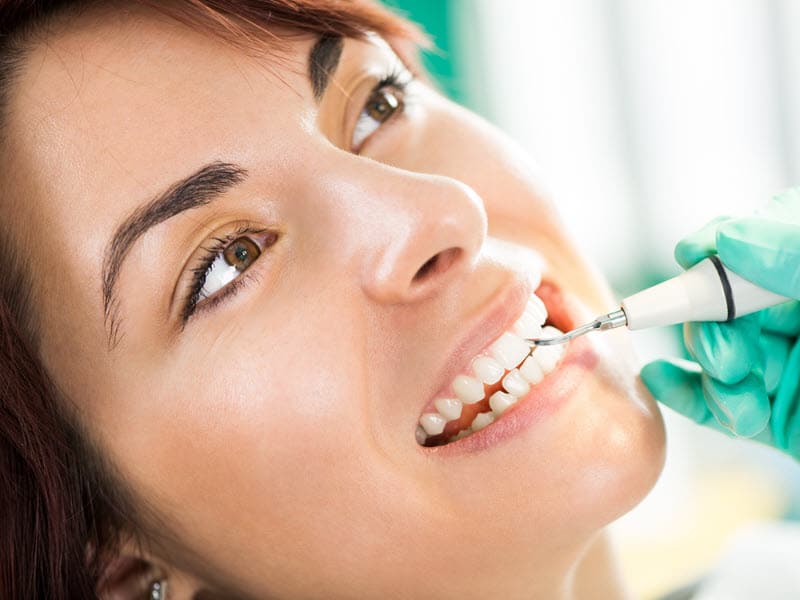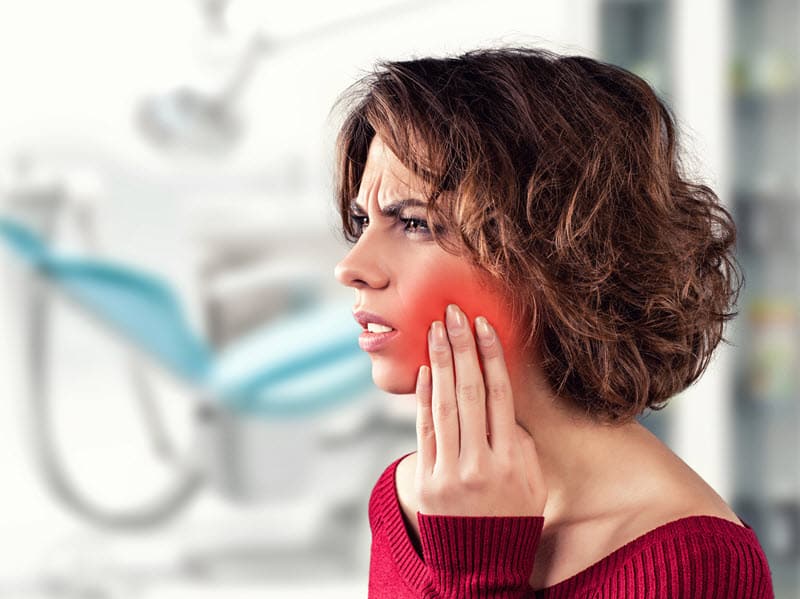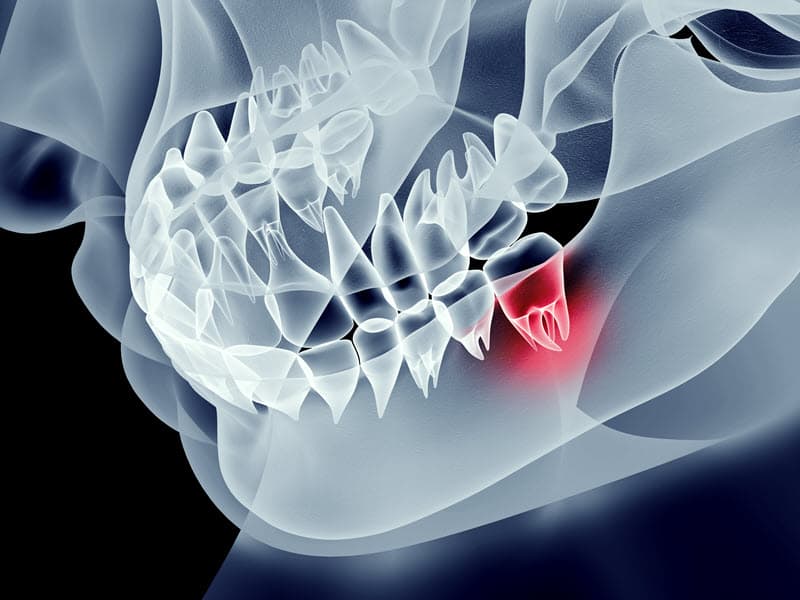The Fitting Process for Flipper Teeth

Dental Flipper Overview
When you’re getting fitted for flipper teeth, the process is crucial to ensure a comfortable and functional prosthetic. It involves a consultation, precise impressions, and options for customization tailored to each individual’s needs.
Explain the Initial Consultation with a Dental Professional
The journey to a flipper tooth starts with an initial consultation. During this meeting, a dentist will evaluate your overall dental health and discuss the role of a flipper tooth as a temporary solution.
They will address any concerns about comfort, aesthetics, and the feasibility of using a dental flipper as a partial denture for front teeth. This step ensures that you’re informed about what to expect and educates you on the benefits of selecting a flipper tooth for your dental needs.
The Impression-Taking Process for Accurate Fit
An impression of the teeth is essential to create a flipper tooth that fits snugly and looks natural. Your dentist will carefully take molds of your mouth, ensuring that every contour of the gumline and positioning of adjacent teeth is captured. These molds are then sent to a dental lab, where technicians will use them to craft the flipper tooth out of acrylic or other materials to replicate the look and feel of natural teeth.
Customization Options Available for Flipper Teeth
Flipper teeth come with various customization options to align with the patient’s design preferences and functional needs. The color of the acrylic can be matched to the patient’s natural teeth for a seamless appearance.
Additionally, your dentist may offer choices in terms of the size and shape of the flipper to enhance comfort and aesthetics. Though flippers are an affordable option compared to permanent prosthetics, the extensive customization options allow for a personalized approach to temporary tooth replacement.
Timing for Receiving Flipper Teeth After Extraction
Immediately after a tooth extraction, patients may consider getting fitted for a dental flipper to restore aesthetics and function temporarily. This section will explore the process and considerations regarding the timeline from tooth extraction to obtaining and using flipper teeth.
Typical Timeline from Tooth Extraction to Receiving Flipper Teeth
Typically, a patient can be fitted for a temporary denture such as a dental flipper shortly after extraction. While the exact timeline can vary, a dental flipper can often be prepared in advance and inserted immediately after the tooth is removed.
If not pre-made, it may take a few days to a couple of weeks for a dentist to customize a dental flipper. During this period, the gums begin their initial healing, which is crucial to ensure eventual comfort and fit of the temporary prosthesis.
Discuss Immediate Flipper Teeth Options and Their Benefits
Immediate flipper teeth options provide several advantages. They act as a temporary tooth replacement, offering immediate aesthetic benefits by filling the gap left by an extracted tooth.
More importantly, they also protect the extraction site from potential irritants, which may reduce the risk of infection and support the initial phase of healing. For many individuals, an immediate dental flipper is an affordable and comfortable temporary solution before a permanent restoration can be placed.
The ease of use of these devices makes them a preferred option for immediate prosthetic teeth replacements.
Explain the Healing Considerations Before Fitting Permanent Flipper Teeth
While a temporary dental flipper can often be placed immediately, the gums and bone underneath need time to heal properly before fitting a permanent version. This healing process ensures that the permanent dental flipper will fit correctly and provide comfort to the wearer.
The healing period typically ranges from six weeks to several months, depending on the individual’s healing capacity and the nature of the tooth extraction. A well-fitted flipper tooth, described as a temporary denture, can offer a convenient and functional solution during this healing period.
Adjusting to the Feel of Flipper Teeth
When first fitted with flipper teeth, patients typically experience a range of new sensations in their mouths. Understanding what to expect and how to navigate this adjustment period is key to getting comfortable with this type of acrylic removable partial denture.
Common Sensations and Adjustment Period
Patients often report a foreign feeling when they begin wearing flipper teeth. It’s not uncommon for individuals to feel a sense of fullness, especially along the roof of the mouth or against the gums, as flippers are designed to sit snugly within the oral cavity. During the initial adjustment period, which may last from a few days to a couple of weeks, wearers might also notice that the fit can feel different at various times of the day.
Tips for Getting Accustomed to the Presence of Flipper Teeth in the Mouth
Adapting to flipper teeth involves both physical and mental adjustments. Here are some practical tips to ease the transition:
- Practice Speaking and Eating: Start with soft foods and gradually introduce more variety as comfort increases.
- Oral Hygiene: Maintain a stringent oral hygiene routine to keep both the flipper and the natural teeth clean.
- Regular Check-ins: Visit the dentist for necessary adjustments and to ensure proper fit, reducing the risk of gums discomfort.
How to Manage Initial Discomfort and Increase Comfort Over Time
Initial discomfort is typically most noticeable within the first few days of wearing flipper teeth. To increase comfort:
- Fit is Key: Ensure a good fit by working with the dentist; poorly fitting flippers can cause irritation or sores.
- Periodic Breaks: While it’s important to wear the flipper as directed, short breaks can provide temporary relief to sore spots.
- Cleaning Routines: Incorporate appropriate cleaning methods to prevent irritation from food particles or plaque buildup.
Speaking Comfortably with Flipper Teeth
Having flipper teeth fitted can initially affect speech, but with the right techniques and patience, one can speak comfortably and confidently.
Techniques for Practicing Speech with New Flipper Teeth
When first using flipper teeth, speaking may not feel as natural as it once did. To ease this transition, practicing speech exercises is beneficial. Individuals should start by reading aloud, focusing on enunciation and speed.
Repeating troublesome words or phrases helps solidify the proper movements needed with the new dental device. It is also useful to practice in front of a mirror to monitor mouth movements.
Addressing Common Speech Issues and How to Overcome Them
A new flipper tooth may cause slight lisping or difficulty with certain sounds. To address this, one could try speaking slower. Emphasizing the sounds that require more tongue control, such as “s” and “th” sounds, can accelerate the adjustment. If persistent issues arise, consulting a dentist or speech therapist may provide additional personalized strategies for improvement.
Patience and Practice During the Adjustment Phase
Adjusting to flipper teeth requires time and patience. Comfort with the new dental appliance will improve incrementally. Users should remember that initial difficulty with speech is only temporary, and persistence will lead to natural and fluid conversation. Every day of practice brings one closer to speaking comfortably with their flipper teeth.
Adherence to proper maintenance of dentures, including flipper teeth, is crucial to ensure they function correctly and comfortably. For expert information on denture maintenance, the American Dental Association provides resources that can guide individuals on how to care for their dental appliances.
Eating with Flipper Teeth
Adjusting to eating with flipper teeth requires patience and care. The experience can feel unfamiliar, and certain precautions are necessary to ensure comfort and avoid damaging the denture.
Guidelines for Starting with Soft Foods and Gradually Introducing Other Textures
Initially, one should stick to soft foods like yogurt, applesauce, or mashed potatoes. This approach is crucial as it helps the individual get accustomed to the sensation of chewing while wearing a flipper tooth.
As comfort with the partial denture increases, gradually introducing other textures, such as flaky fish or pasta, can be considered. It’s important to listen to the body’s response and proceed at a comfortable pace.
Foods to Avoid to Prevent Damage to Flipper Teeth
Flipper teeth, while functional, are not as durable as natural teeth or more permanent dental solutions. Thus, avoiding certain foods is essential to prevent damage.
Sticky foods like caramel or hard foods such as nuts can dislodge or break the denture. Moreover, biting into hard fruits or vegetables might bend or snap the flipper. Being mindful of these limitations can extend the lifespan of the partial denture.
Tips for Chewing and Bite Techniques with Flipper Teeth
Chewing techniques can be adapted to optimize the function of dental flippers and maintain comfortable eating habits. It’s advisable to distribute food evenly and chew slowly using both sides of the mouth.
This minimizes the risk of the flipper dislodging. Additionally, cutting food into smaller pieces can make chewing easier and safer. Regular hygiene practices like cleaning the flipper after meals can prevent food particles from getting trapped, which could otherwise lead to discomfort or odors.
If someone has recently lost a front tooth and is considering a temporary solution, learning about flipper dentures might provide valuable insight into their options.
Daily Maintenance and Care for Flipper Teeth
Proper daily maintenance of flipper teeth is crucial to ensure their longevity and to maintain oral hygiene. These routines prevent the build-up of plaque and potential damage to both the dental appliance and your dental health.
Cleaning Routines to Adopt from the First Day
Morning and Evening Cleaning: Start and end your day by cleaning your flipper teeth with a soft toothbrush and non-abrasive toothpaste. Gently brush all surfaces to remove food particles and plaque, being careful not to bend or damage the acrylic.
- After Meals: Rinse your dental flippers with water after each meal to eliminate food debris and bacteria. This helps to maintain a clean environment in your mouth.
Storage Advice for when Flipper Teeth Are Not in Use
Proper Storage Container: When not wearing your flipper teeth, submerge them in a cleaning solution or cool water to prevent them from drying out and warping. It’s vital to use a covered, perforated container to allow excess water to drain, which discourages bacterial growth.
- Handling Precautions: Always handle your dental flippers with clean hands and avoid exposing them to heat to maintain their shape.
Importance of Regular Dental Check-Ups for Maintenance
Routine Check-Ups: Visit your dentist regularly to ensure your flipper teeth fit correctly and to address any irritation they might cause. Regular check-ups are essential—they allow your dentist to adjust your flippers as needed and to examine your overall oral hygiene.
- Professional Cleaning Advice: During these visits, your dentist can also provide advice on proper cleaning routines specific to your flippers, ensuring the maintenance of your dental appliance’s integrity.








